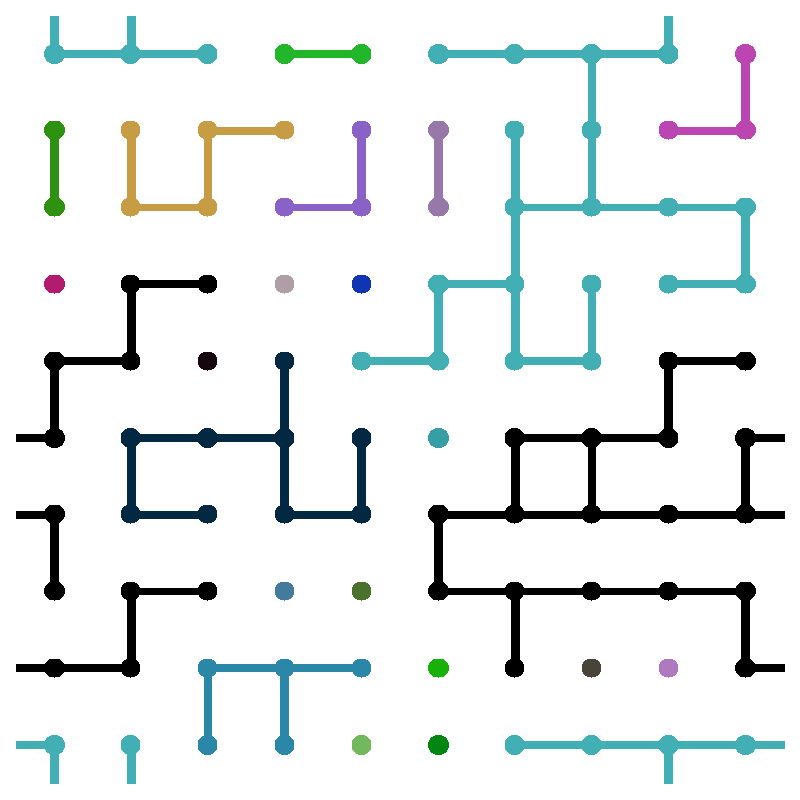 |
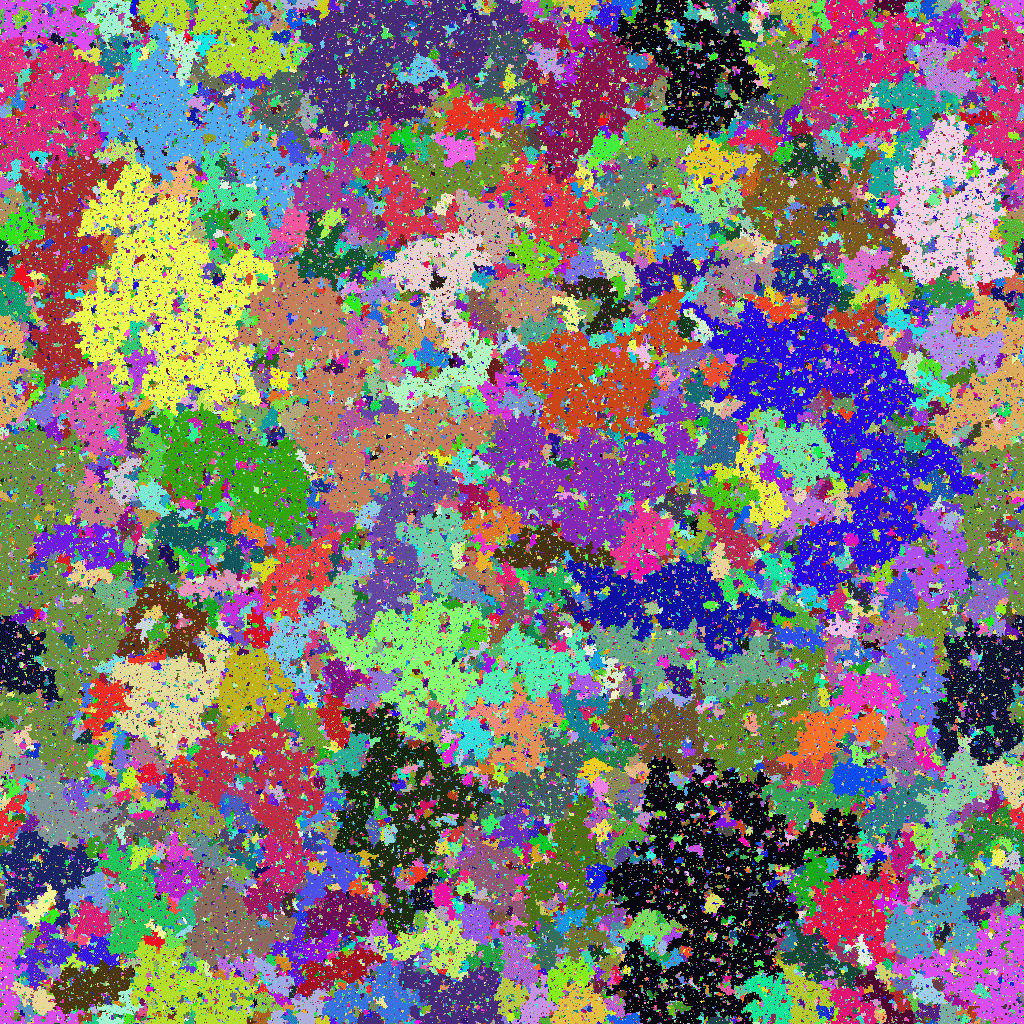 |
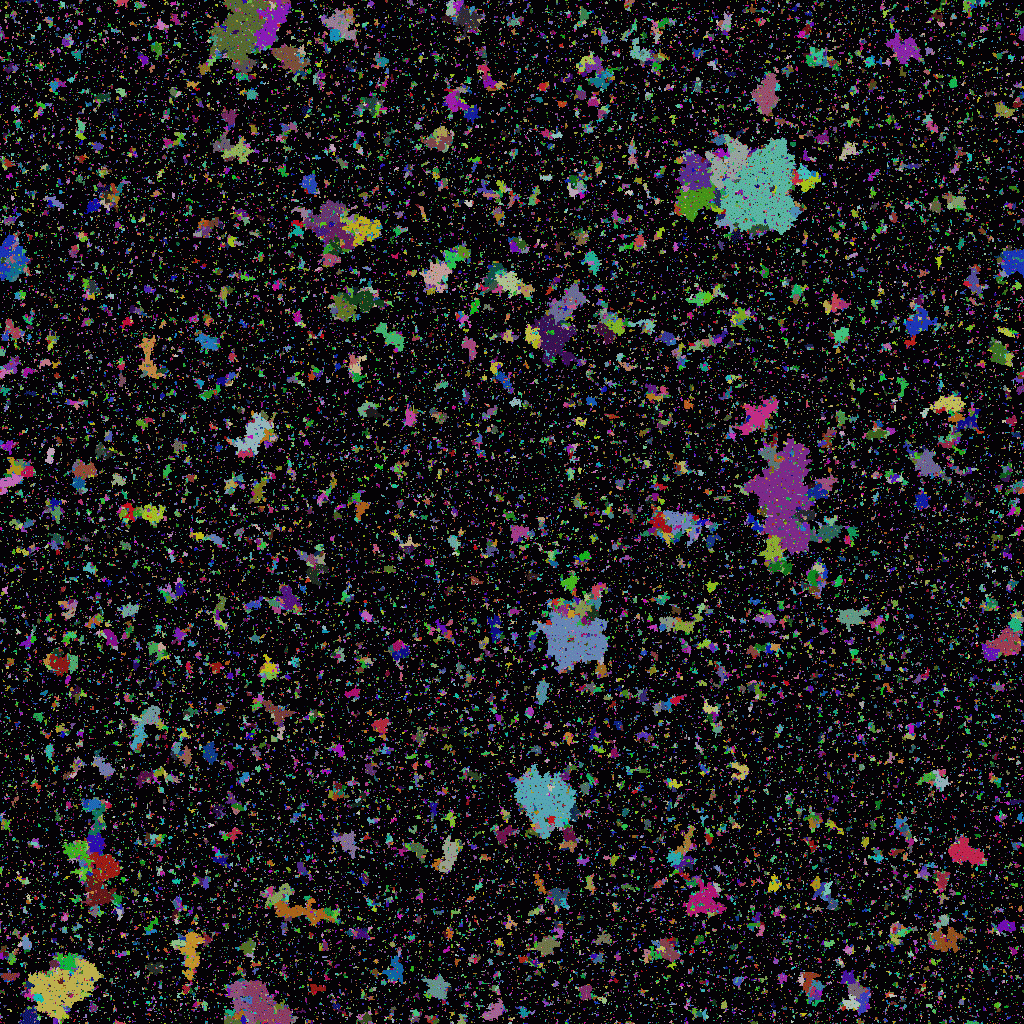 |
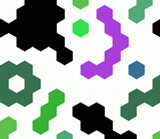 |
 |
 |
 |
 |
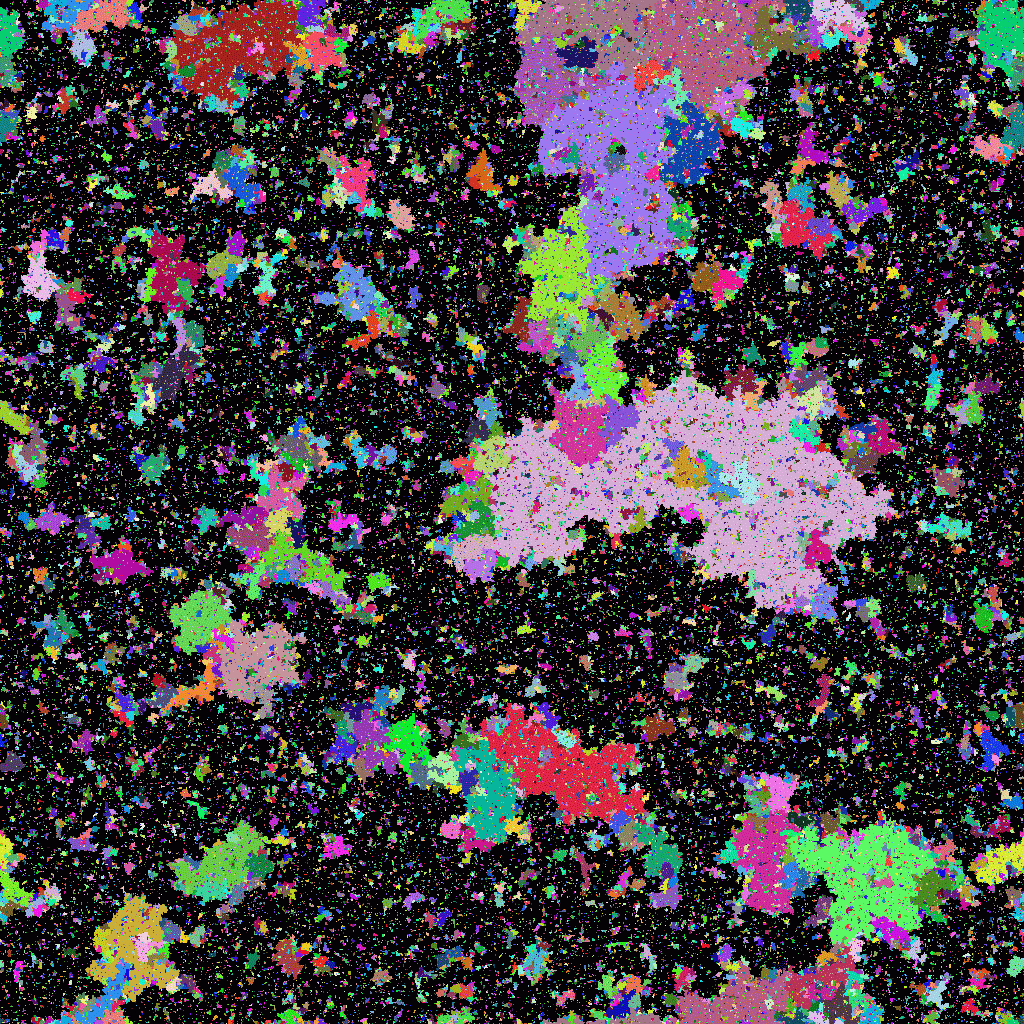 Percolation theory is the study of the connectivity of networks. If you
take a piece of paper and punch small holes in it at random positions, it
will remain connected if the density of holes is small. If you punch so
many holes that most of the paper has been punched away, the paper will
fall apart into small clusters.
Percolation theory is the study of the connectivity of networks. If you
take a piece of paper and punch small holes in it at random positions, it
will remain connected if the density of holes is small. If you punch so
many holes that most of the paper has been punched away, the paper will
fall apart into small clusters.
There is a phase transition in percolation, where the paper first falls apart. Let p be the probability that a given spot in the paper has been punched away. There is a critical probability pc below which the paper is still connected from top to bottom, and above which the paper has fallen into small pieces (say, if it is being held along the top edge).
The computation exercise develops class libraries for creating percolation networks and breadth-first search algorithms for finding their clusters. The scaling exercise introduces scaling and critical phenomena methods for studying the phase transtion for percolation.
Last modified: August 24, 2006
![]() Statistical Mechanics: Entropy, Order Parameters, and Complexity,
now available at
Oxford University Press
(USA,
Europe).
Statistical Mechanics: Entropy, Order Parameters, and Complexity,
now available at
Oxford University Press
(USA,
Europe).